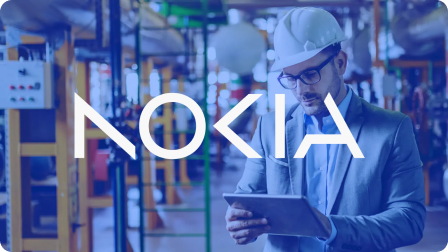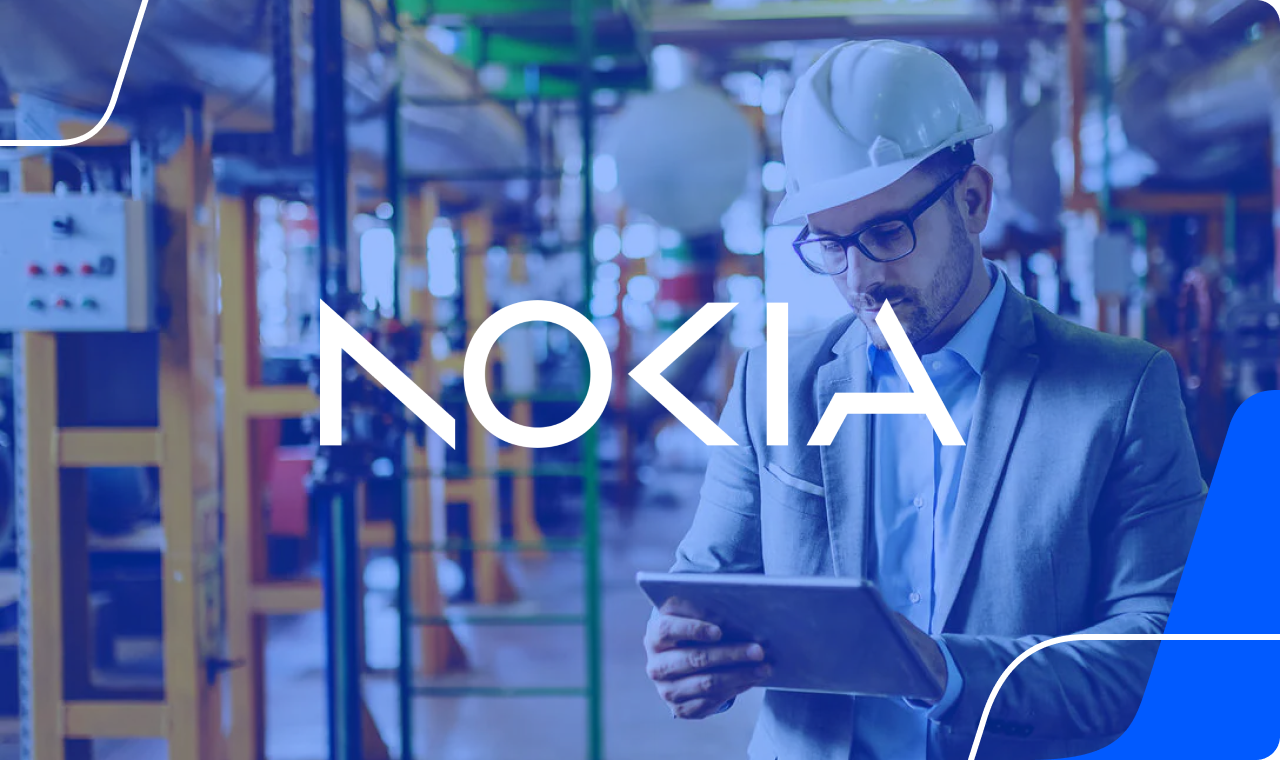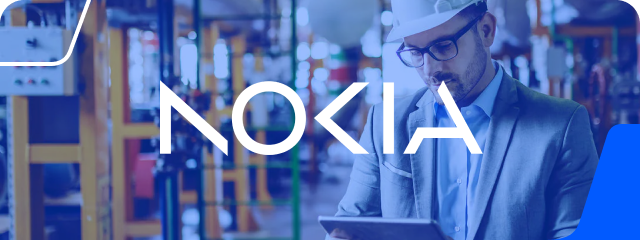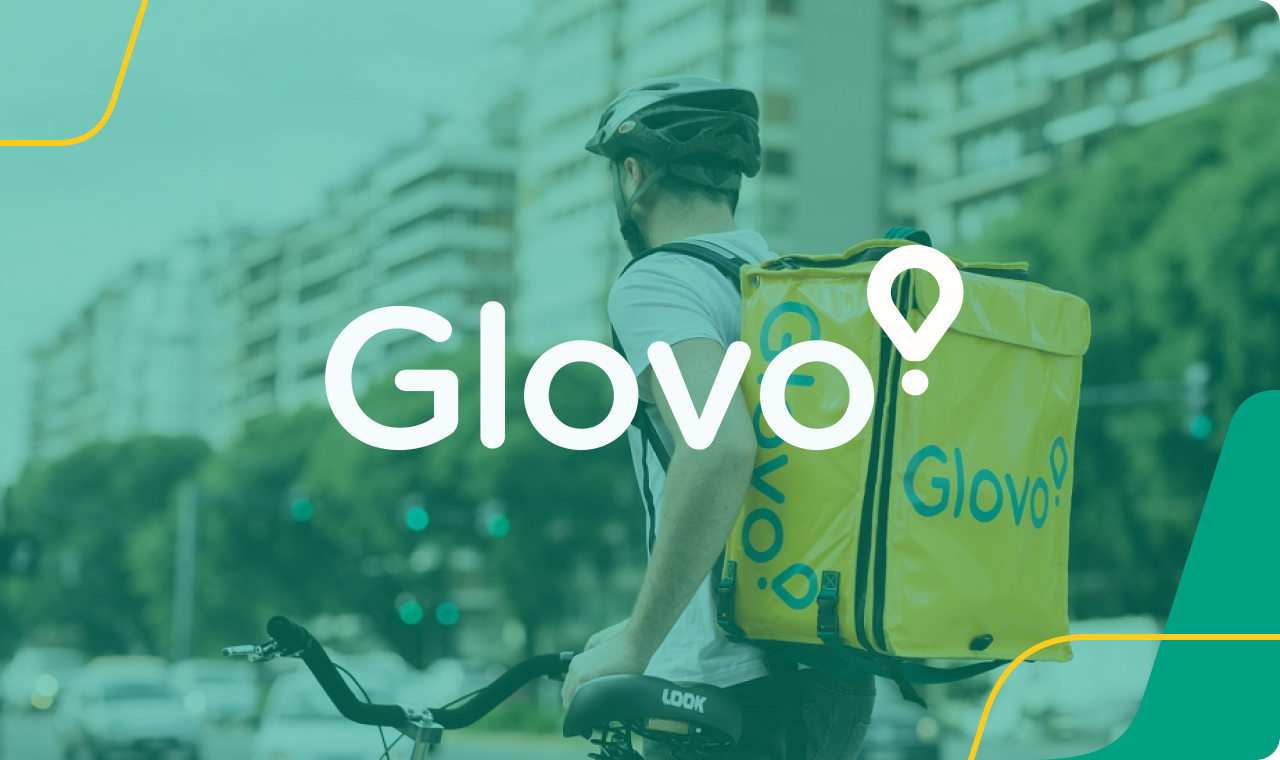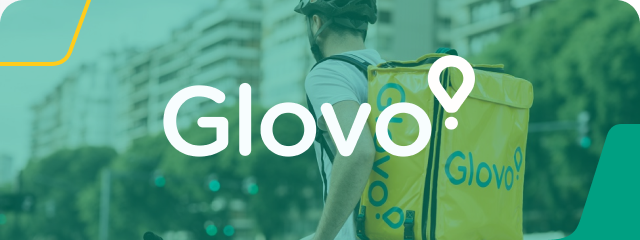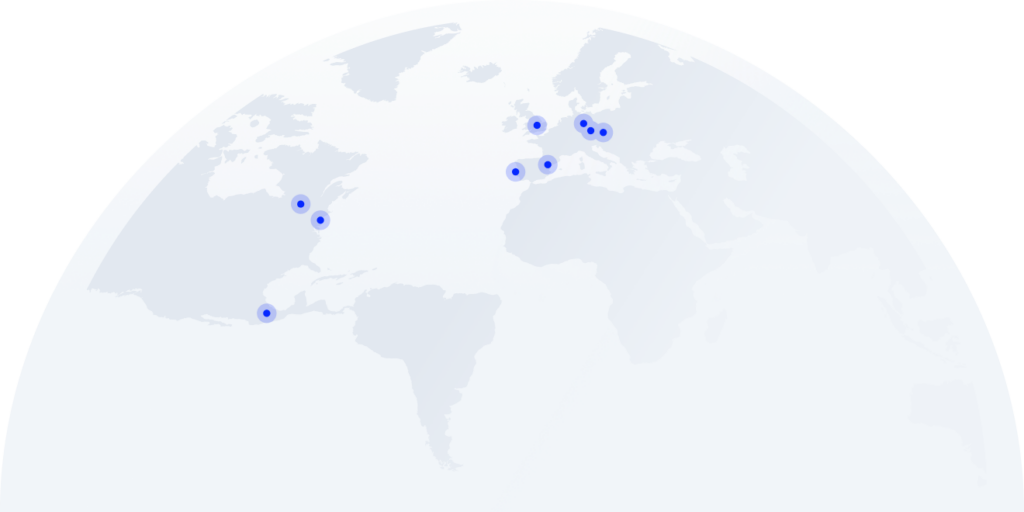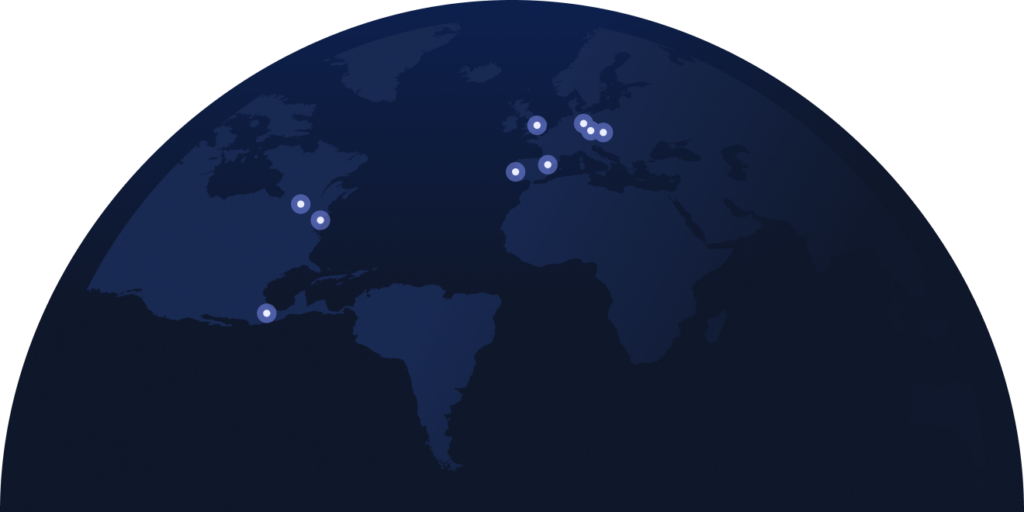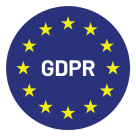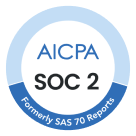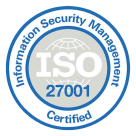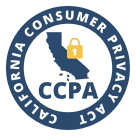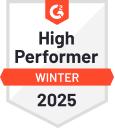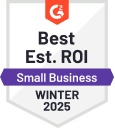- Solutions
- Solutions primary
- BY TEAM
- BY INDUSTRY
- BY USE
- BY SIZE
- View all solutions
- Solutions secondary
- Solutions primary
- AI
- Features
- Features primary
- Most popular
- first column
- second column
- third column
- fourth column
- View all features
- Most popular
- Features secondary
- Choosing the right plan
- Features primary
- Integrations
- Integrations primary
- MOST POPULAR
- first column
- second column
- View all integrations
- NEW
- first column
- second column
- View all integrations
- MOST POPULAR
- Integrations secondary
- Integrations primary
- Pricing
- Resources
- Resources primary
- Most popular
- first column
- second column
- third column
- Most popular
- Resources secondary
- Latest Blogs
- Try CloudTalk
- Resources primary
- Partners
FEATURE VS. FEATURE
Power Dialer vs Predictive Dialer:
Which One Do You Need?
Knowing the difference between Power Dialer vs Predictive Dialer means choosing more control over every call or maximizing speed to reach as many leads as possible. This guide shows you exactly how each dialer works and which one delivers the results you need. Let’s find your perfect dialer match.
Power Dialer
Predictive Dialer
Power Dialer vs Predictive Dialer:
Key Differences
Parameter
Power Dialer
Predictive Dialer
Operational Mechanism
Dials one number per agent. Moves to the next only after the current call ends.
Dials multiple numbers and routes live calls to available agents using AI.
Reliability
Delivers steady call flow with no downtime between calls.
Maximizes talk time but can drop calls if pacing isn’t managed well.
Cost
Lower setup and maintenance costs. Ideal for smaller teams. ~$50/user/month
Higher due to complex tech and scaling needs. $100s–$1000s/month
Flexibility
Easy to adjust settings and pacing. Great for tailored workflows.
Harder to customize. Less ideal for smaller campaigns.
Best for
B2B, customer support, or follow-ups where call quality matters.
High-volume teams focused on speed, like surveys or collections.

Power Dialer vs Predictive Dialer: What’s Right for Your Business?
Power dialers connect agents to one call at a time, giving them more control, focus, and context with every conversation. Predictive dialers use algorithms to predict agent availability, so they spend less time waiting and more time talking.
Both have strengths, but which one aligns with your goals?
This section gives you a quick and clear matrix to compare your business needs and make the right call.
What is a Predictive dialer and
How Does it Work?
Here’s what to consider when choosing a dialer:
- Call volume & team size: High-volume teams (1,000+ calls/day) may benefit from predictive dialing, while smaller teams often prefer the control of a power dialer.
- Personalization vs efficiency: If your calls require tailored conversations (like B2B sales), go with power dialing. For fast, scripted outreach, predictive works better.
- Compliance & call drop risk: Industries with strict regulations should prioritize power dialers to minimize dropped calls and stay within legal boundaries.
- Agent experience & control: Power dialers give agents time to prepare between calls. Predictive systems may cause burnout if connection rates or pacing aren’t well-tuned.
- AI-driven optimization: Predictive dialers use AI to forecast agent availability and auto-adjust call pacing. Great for teams who trust automation to boost efficiency, but less ideal if your team prefers manual control over every step.

Answer these quick questions to find your match:
Question
A
B
1. How many calls do you make per day?
Fewer than 1,000
1,000+
2. What’s more important?
Personalization & quality
Speed & volume
3. What’s your call style?
Detailed conversations (e.g. B2B sales, high-touch follow-ups)
Fast-paced outreach (e.g. surveys, collections)
4. How sensitive is your business to compliance or dropped calls?
Very — every call counts
Moderate — focus is on volume efficiency
5. How comfortable is your team with AI-powered automation?
Prefer hands-on control and manual review
Comfortable letting smart algorithms optimize performance
If you answered mostly A:
Go with a Power Dialer
Perfect for teams that prioritize call quality, control, and personalization. You’ll never rush an important conversation.
If you answered mostly B:
Go with a Predictive Dialer
Ideal for large teams running high-volume outbound campaigns where speed and throughput drive success
Power Dialer
What is a Power Dialer?
A Power Dialer is a type of software that automates outbound calling by dialing numbers one at a time from a contact list. It starts a new call automatically as soon as an agent finishes the previous one.
This removes the need for manual dialing, reduces downtime between calls, and helps teams stay focused and efficient. It’s a practical tool for sales, support, and outreach teams that make a high number of calls each day.

How Does a Power Dialer Work?
Think of a Power Dialer like your favorite playlist with autoplay on. As soon as one song ends, the next one begins. That’s exactly how a Power Dialer handles calls.
It dials numbers from your contact list one by one, automatically starting the next call the moment an agent finishes the last.
There’s no need to press buttons, no awkward pauses, and no wasted time. Just a seamless flow of conversations, keeping your team in rhythm and your call campaigns running smoothly.
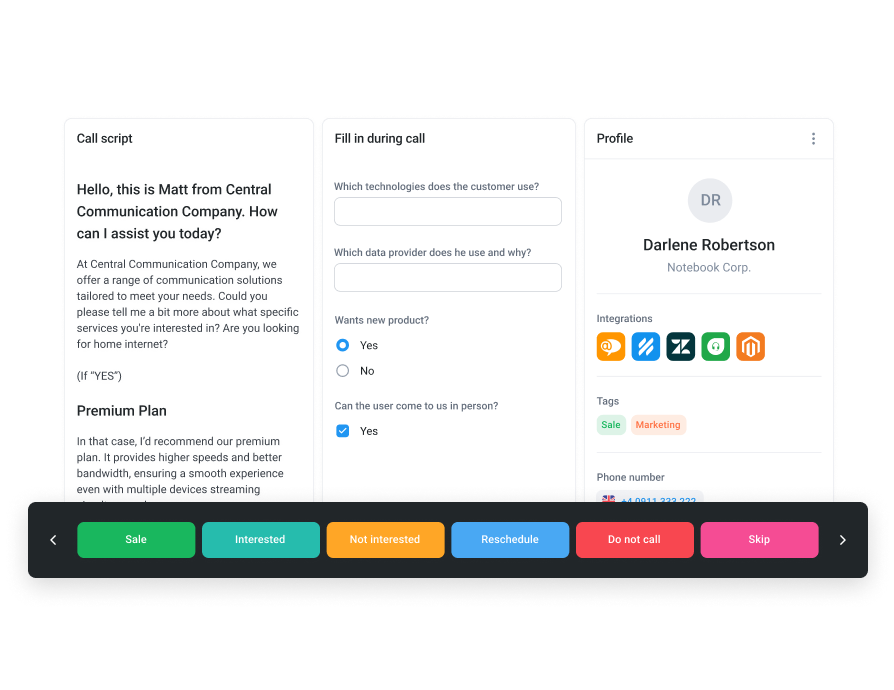
When to Use a Power Dialer?
Power Dialers work best when conversations matter more than speed. If your team focuses on networking, personalized outreach, or compliance-sensitive calls, a Power Dialer gives you the right balance of control and automation. It helps agents stay focused and effective, without the overwhelm of instant connections.
Key Benefits
- Stronger connection with prospects or clients: Slower pacing fosters real engagement. It’s easier to build trust and rapport when agents aren’t racing through calls or caught off guard by an unexpected answer.
- Full control over pacing: Agents manage the flow of calls, giving them time to review notes or CRM data before jumping into the next conversation. This leads to more thoughtful, productive interactions.
- Zero risk of dropped calls: Since the dialer only calls when an agent is available, there’s no chance of someone answering with no one on the line. This helps you avoid compliance issues and bad first impressions.
- Time to prepare between conversations: With space to breathe between calls, agents can personalize their pitch, adjust strategy, and focus on call quality over speed. Perfect for longer sales cycles or consultative selling.

Predictive Dialer
What is a Predictive Dialer?
A Predictive Dialer is outbound call center software using algorithms to forecast agent availability. It then routes only answered calls to available agents, applying call patterns, pacing rules, and answer rates for prediction.
This approach helps teams increase call volume and connect with more leads in less time. It’s commonly used in high-volume environments like telemarketing, surveys, or collections.

How Does a Predictive Dialer Work?
Think of a Predictive Dialer like an air traffic controller for outbound calls. It manages multiple flights at once, carefully timing when to land each plane on the next available runway.
The system dials ahead of agent availability, based on historical data and real-time input. When someone picks up, it instantly routes that live call to an agent, without missing a beat.
This keeps the call floor moving fast, minimizes downtime, and boosts overall efficiency.
When to Use a Predictive Dialer?
Predictive Dialers shine in high-volume environments where speed and reach are critical. If your team handles large campaigns—like cold calls, surveys, or lead qualification—a predictive system maximizes talk time by dialing ahead and routing only live answers. It’s a powerful way to keep large teams moving fast and minimize idle time.
Key Benefits
- High call volume: The dialer connects agents to more live calls by dialing several numbers in parallel and filtering out busy tones, voicemails, or no answers. So agents spend more time talking and less time waiting.
- Less downtime between calls: Algorithms calculate when an agent will finish a call and preemptively dial the next one. This keeps the call floor running continuously, maximizing output per shift.
- Scales well with large teams: Predictive dialing systems are built to support many agents at once, making them ideal for contact centers or teams with aggressive outbound targets.
- Keeps agents continuously engaged: With a steady stream of live calls, agents don’t experience long pauses. This increases their productivity and the efficiency of your campaign, especially for time-sensitive outreach.

What Power Dialers and Predictive Dialers Have in Common
What is a Predictive Dialer?
While Power and Predictive Dialers serve different needs, they share several key capabilities that make both valuable tools for outbound calling.
At their core, both dialers are designed to eliminate manual dialing, reduce agent downtime, and increase overall call efficiency.
If you’re focused on one-on-one conversations or scaling large campaigns, both dialers help teams reach more people and faster.
The difference lies in how they execute. But the shared benefits are basic for any high-performing outbound strategy.
Main shared benefits:
- Eliminate manual dialing
- Boost outbound efficiency
- Integrate with CRM and business tools
- Provide real-time performance data
- Reduce agent waiting time
- Support automated call workflows

Predictive Dialer vs Power Dialer: Advantages vs Disadvantages
Power Dialer
Dialing Speed Flexibility
Adjust dialing speed for call complexity, letting agents control workflows and support detailed, nuanced conversations.
Agent Well-being
Maintaining a manageable call flow reduces agent stress and boosts satisfaction, indirectly improving customer interactions.
Deeper Engagement
Ensures agents have time for meaningful conversations and rapport building, especially beneficial for personalized advice or detailed explanations.
Efficient Call Transition
Automatically queues the next number to minimize downtime and maintain momentum, optimizing agent time during calling sessions.
Requires Active Management
Requires regular setting adjustments for peak performance, adding oversight tasks for supervisors or tech teams.
Challenges with Large Teams
For fast-paced operations, the power dialer’s methodical approach may not meet the need for speed, making it less suitable for very large teams.
Potential for Increased Downtime
Unreachable numbers in the dialing list can cause delays and impact productivity as agents wait for the system to proceed.
Predictive Dialer
Enhanced Agent Productivity
Predictive dialers use algorithms to minimize agent wait times, enhancing efficiency and reducing burnout risk.
Technical Advancements
Predictive dialers improve call rates with machine learning and provide detailed reports for strategy adjustments.
Financial and Operational Growth
Predictive dialers manage more calls per agent, reducing cost per interaction and supporting growth without spiking operational costs.
Campaign and Workload Management
Predictive dialers prioritize calls and allocate resources, ensuring key campaigns get sufficient attention without overwhelming agents.
Compliance and Customer Perception
Efficient yet aggressive, predictive dialing can increase call abandonment, risking fines and harming customer trust.
Operational and Financial Burdens
Predictive dialer setup involves licensing, integration, and training costs, plus ongoing maintenance and updates, leading to higher ownership costs.
Service Quality Concerns
Agents rushing to meet call quotas may not provide the personalized service that customers expect, affecting overall satisfaction.
Technical Complexity and Scalability
Predictive dialer setup demands tech know-how and can be costly, suiting larger organizations better due to its complexity and scalability.
OUR FEATURES
Take Dialing to the Next Level with 4 Key Features
FAQs
Why are Power and Predictive dialers not ATDS?
They require human input to initiate calls, avoiding full automation and staying outside strict ATDS classifications under regulations.
What about compliance with consumer protection laws?
Power dialers connect only when agents are available, reducing dropped calls and helping stay compliant with laws like TCPA and GDPR.
How Power Dialers Avoid the Risks of Predictive Dialing Software?
By dialing only when agents are ready, power dialers prevent abandoned calls and reduce legal risks tied to aggressive automation.
Are predictive dialers illegal?
No, but improper use can violate TCPA or local laws. Using safe pacing rules and consent-based lists keeps them compliant.
How do I choose between a power dialer and a predictive dialer?
Choose power for control and quality, predictive for speed and scale. Match your dialer to call volume, team size, and risk tolerance.
Which outbound calling challenges do power dialers and predictive dialers resolve?
They reduce manual work, increase connect rates, improve efficiency, and keep agents productive with fewer idle minutes.
What are the key Power Dialer Features?
Auto-dialing, call queuing, CRM integration, call notes, pacing control, and one-at-a-time dialing for better focus.
What are the key Predictive Dialer Features?
Agent availability prediction, auto-routing, pacing settings, and call disposition tracking.
How do I choose the best Power Dialer provider?
When choosing a Power Dialer provider, look for ease of use, CRM and VoIP integrations, compliance features, call tracking tools, and customer support.
How do I choose the best Predictive Dialer provider?
Select one with pacing algorithms, high uptime, TCPA safeguards, real-time analytics, and strong enterprise-grade support.
How much does Power Dialer cost?
Power Dialer Pricing usually ranges from $20 to $60 per user/month based on features, scalability, and level of CRM integration.
How much does a predictive dialer cost?
Typically $60–$150 per user/month. Costs reflect automation complexity, volume capacity, and compliance tech.
CloudTalk is a data-driven solution for exceptional customer experience and intelligence is a key part of it.
Schedule a demo today and find out for yourself.
